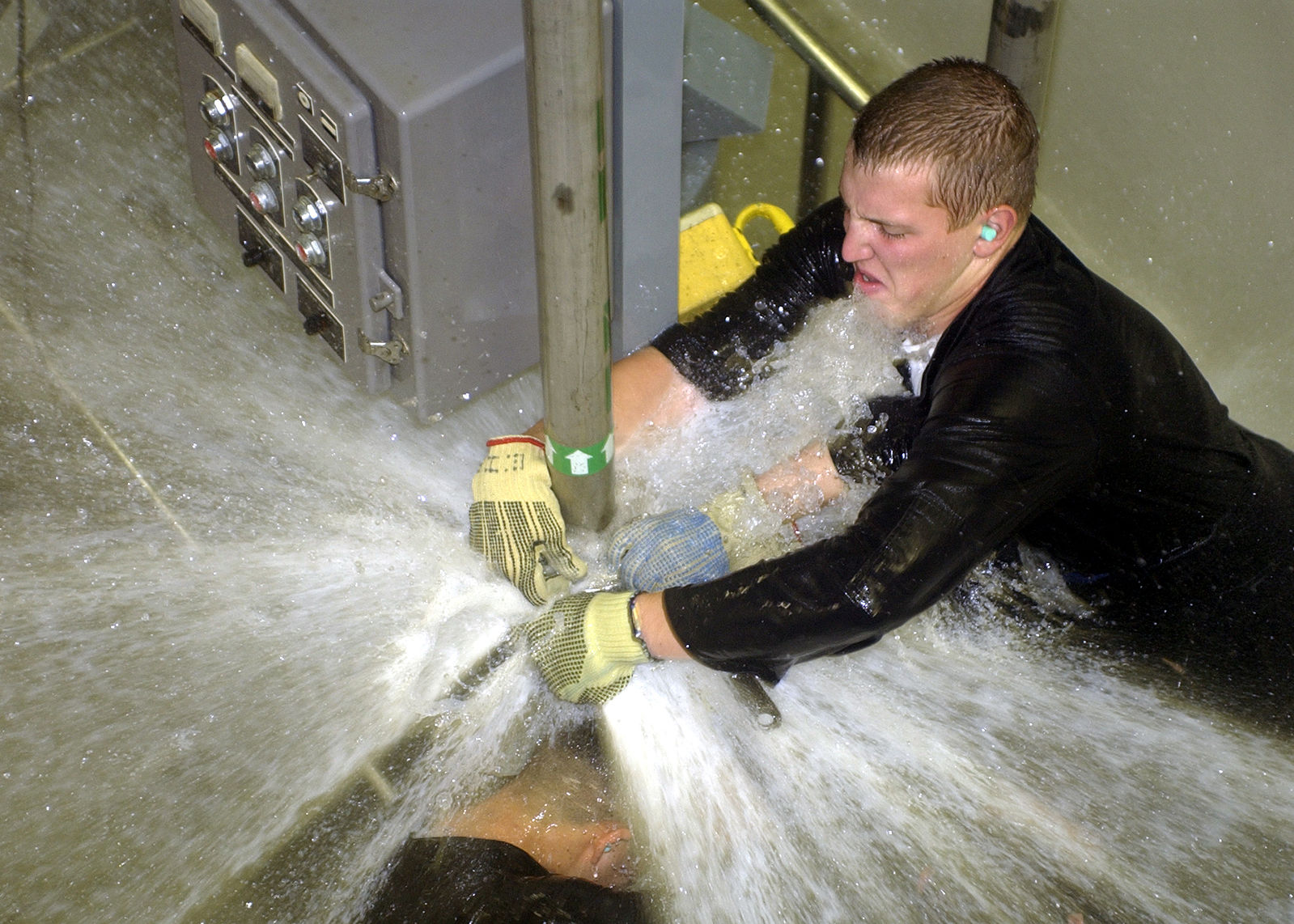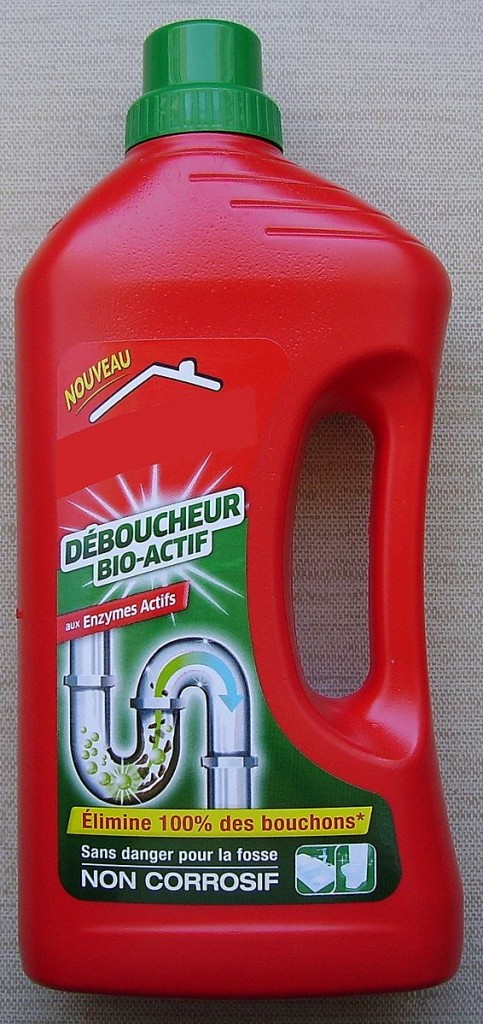 (412) 364-9114
(412) 364-9114

Many homeowners take pleasure in completing basic home improvement tasks. Avoiding these common DIY plumbing mistakes will help you maintain your home more effectively and efficiently.
Turning off the water is the first step in 90% of most plumbing projects, but it’s also an easy step to forget. Attempting to remove a fixture or fix a pipe before turning off the water can result in a nasty spray of water and a big mess to clean up. The shut off valve for most fixtures can be found on the wall beneath the fixture. Sometimes turning the shut off valve can be a tough job, if it hasn’t been used in a long time. Use a plumber’s wrench to help you. If you can’t find the interior shut off valve, shut off the water from the outside.
Many homeowners with some basic plumbing knowledge find it tempting to take on more projects than they really know how to handle. There are a number of tutorials online to guide homeowners through the process of performing basic plumbing tasks. Watch or read the tutorials to guide you through your specific task, then buy all the tools necessary for your job. Here are just a few of the basic tools every DIY plumber should own:

Clogged drains are an inconvenient but unavoidable part of homeownership, and drain cleaner presents an easy fix. Although this is acceptable for occasional clogs, regular use of drain cleaner can damage pipes.
For persistent clogs, try one of these drain-safe solutions:
From time to time, homeowners with basic plumbing knowledge will take on minor renovations. Unfortunately, many homeowners who complete their own renovations lack knowledge of local building codes. Un-permitted work can cause trouble down the road, when it’s time to sell your home or update your insurance.
It’s also important to keep in mind that building permits and codes are put in place to ensure that homes are safe for residents. Making un-permitted changes to your home could result in dangerous errors that may go undetected for days, months or years. Homeowners completing their own DIY work should always begin by looking up city and state regulations.
Unfortunately, galvanized steel and copper pipes can’t be joined without a special fitting called a “dielectric union”. If you’ve connected a steel and galvanized pipe without the use of this special fitting, you’ll need to monitor the pipe connections over time to watch for leaks. When the pipes begin to leak (and eventually they will), the copper and galvanized steel pipe will need to be disconnected and new fittings put in place.
When all else fails, call a qualified plumber you can trust. For a reliable and honest plumber in the Pittsburgh area, contact Terry’s Plumbing. We enjoy helping homeowners work through their plumbing projects, and have the skills to fix little things that may have gone wrong throughout the course of a DIY project.